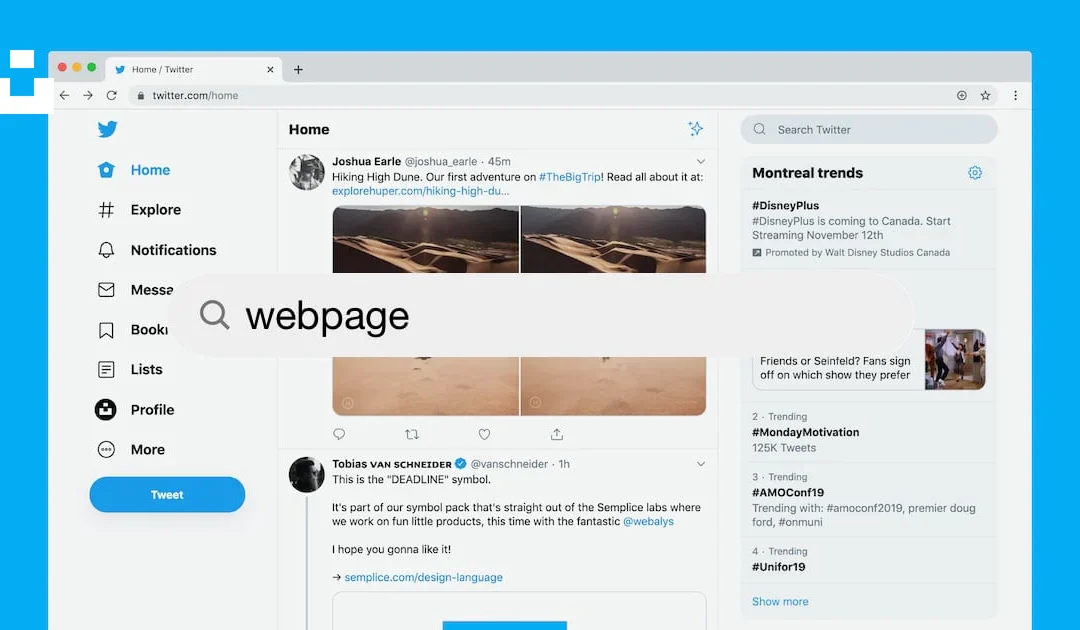In the ever-changing landscape of the internet, the terms “Web 1.0,” “Web 2.0,” and “Web 3.0” are frequently used to describe different eras of online development. However, these terms are often misunderstood and used interchangeably. In this article, we will delve into the distinct characteristics of each web version, highlighting their similarities and differences. By understanding the evolution of the web, we can gain insights into how the internet has transformed over time and what the future might hold.
Web 1.0: The Dawn Of The Internet Age
Web 1.0, also known as the “read-only web,” emerged in the late 1980s and early 1990s. It was a time when the internet was still in its infancy, and the primary focus was on sharing information. Tim Berners-Lee, a British scientist, invented the World Wide Web (WWW) in 1989, envisioning a platform for automatic information-sharing among scientists worldwide[^1^]. Web 1.0 was characterized by static websites, where users could only browse and consume content. It lacked the interactivity and user-generated content that we now take for granted.
Some key features of Web 1.0 include:
- Static pages linked through hyperlinks.
- Reliance on HTML 3.2 components such as tables and frames.
- Limited user interaction, with email being the primary means of communication.
- Graphics and GIF buttons for visual appeal.
Web 1.0 laid the foundation for the Internet as we know it today. It allowed users to access information from various sources without the need for direct communication. However, it lacked the dynamic and interactive elements that would later define subsequent web versions.
Web 2.0: The Rise Of User-Generated Content
Web 2.0, often referred to as the “read-write web,” marked a significant shift in the way people interacted with the internet. It emerged around the early 2000s, with a focus on user participation, collaboration, and the sharing of user-generated content[^2^]. Unlike Web 1.0, Web 2.0 empowered users to contribute, create, and share information, transforming them from passive consumers to active participants.
Some key features of Web 2.0 include:
- Improved user interaction and enhanced user experience.
- Web applications that allowed users to create and share content.
- Social media platforms, blogging, commenting, and tagging.
- Podcasting and video streaming.
- Cloud computing and the use of APIs for seamless integration.
- The rise of online communities and social networking.
Web 2.0 revolutionized the internet by enabling mass collaboration and fostering a sense of community among users. It gave birth to platforms like Facebook, YouTube, and Twitter, where users could connect, share, and engage with content on an unprecedented scale. Web 2.0 became synonymous with the participatory nature of the modern internet.
Web 3.0: The Future Of The Internet
Web 3.0, also known as the “semantic web,” is an evolving concept that aims to make the internet more intelligent and intuitive. While Web 3.0 is still in its early stages and not fully realized, it holds the promise of a more interconnected and decentralized internet[^2^]. Web 3.0 seeks to leverage technologies like artificial intelligence (AI), machine learning, and the Internet of Things (IoT) to create a web that understands and interprets data conceptually and contextually.
Some envisioned features of Web 3.0 include:
- Semantic web technology focuses on the understanding of word context rather than relying solely on keywords.
- Integration of machine learning and AI to create personalized and intuitive user experiences.
- The Internet of Things connects various devices and applications, enabling seamless data exchange.
- Decentralization through blockchain technology ensures trust and transparency.
- Enhanced privacy and security through zero-knowledge proofs and decentralized autonomous organizations.
- 3D visuals, virtual reality, and augmented reality for immersive user experiences.
Web 3.0 represents a shift towards a more intelligent and user-centric internet. It aims to provide personalized and contextually relevant information while prioritizing user privacy and security. Although Web 3.0 is still a work in progress, elements of it, such as blockchain technology and IoT, are already making their way into our daily lives.
The Differences Between Web 1.0, Web 2.0, And Web 3.0
To better understand the evolution of the Web, let’s compare the key differences between Web 1.0, Web 2.0, and Web 3.0:
| Web Version | Characteristics |
|---|---|
| Web 1.0 | Static websites, read-only content, limited user interaction, reliance on hyperlinks and HTML 3.2, no user-generated content. |
| Web 2.0 | Dynamic websites, user-generated content, enhanced user interaction, social media, blogging, commenting, collaboration, cloud computing, APIs. |
| Web 3.0 | Intelligent web applications, decentralized processes, semantic web technology, machine learning, AI, IoT integration, enhanced privacy and security, immersive experiences. |
While Web 1.0 focused on information consumption and Web 2.0 emphasized user participation, Web 3.0 aims to create a more intelligent and decentralized internet experience. Each web version builds upon its predecessor, incorporating new technologies and user-centric features.
The Future Of The Web
As the internet continues to evolve, so does our understanding of its possibilities. Web 4.0, already on the horizon, promises even greater advancements in terms of intellectual capabilities and decentralization. Speculations range from implantable devices for web access to the widespread adoption of wearable technology and the Internet of Things[^2^]. The future of the web holds endless possibilities, where technology and human interaction intertwine in unprecedented ways.
In conclusion, the web has come a long way since its inception. From the read-only Web 1.0 to the participatory Web 2.0 and the intelligent Web 3.0, each web version has shaped how we interact with information and connect with others. As we look ahead to the future, we can only imagine the transformative potential of the web and the exciting possibilities that lie ahead.
References
- The Ultimate Comparison between Web 1.0, 2.0, and 3.0 !! An In-Depth Analysis by HashTrust Technologies Pvt. Ltd.
- Skip to content by GeeksforGeeks
To view more of our blog posts visit our website’s blog section.

